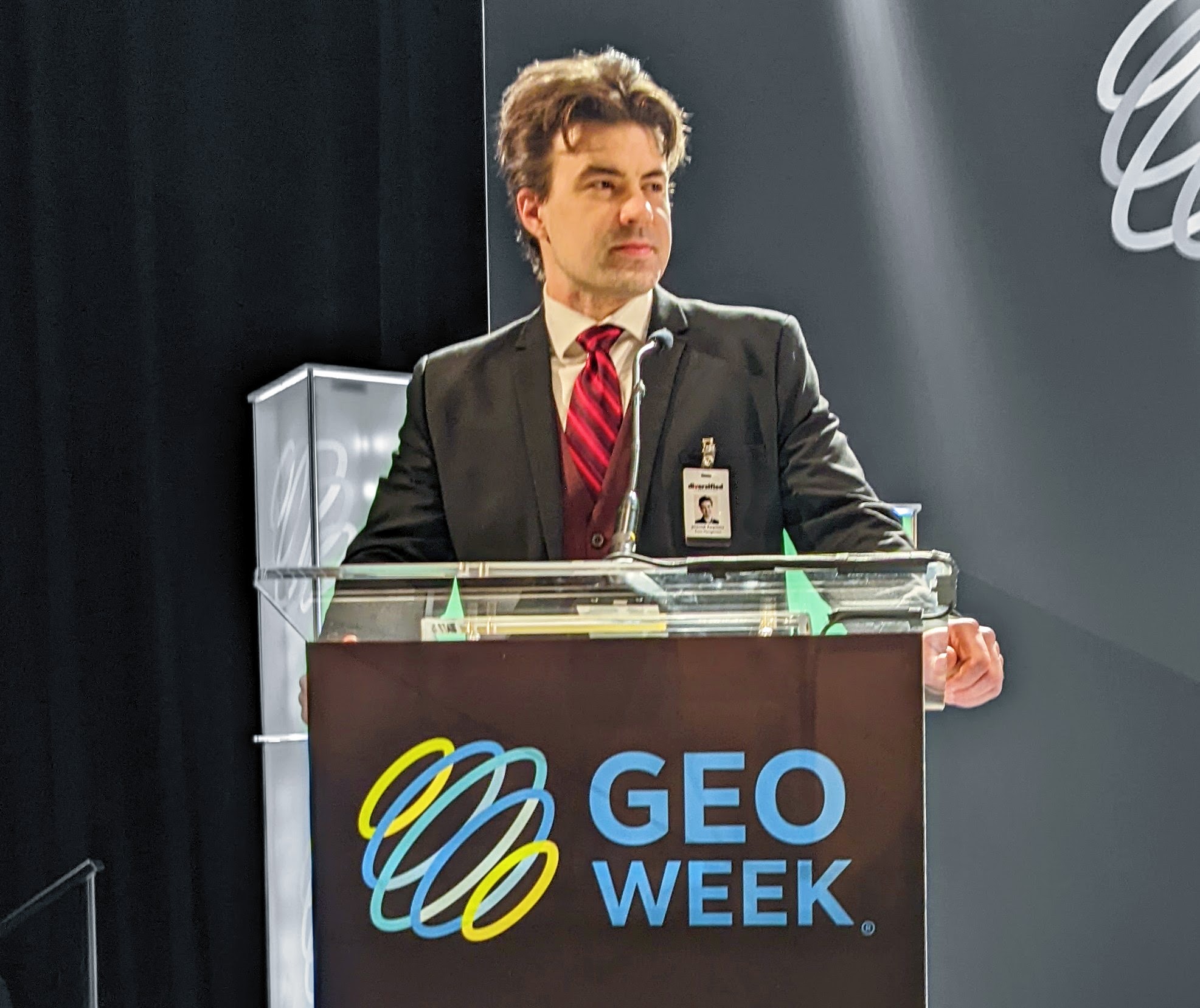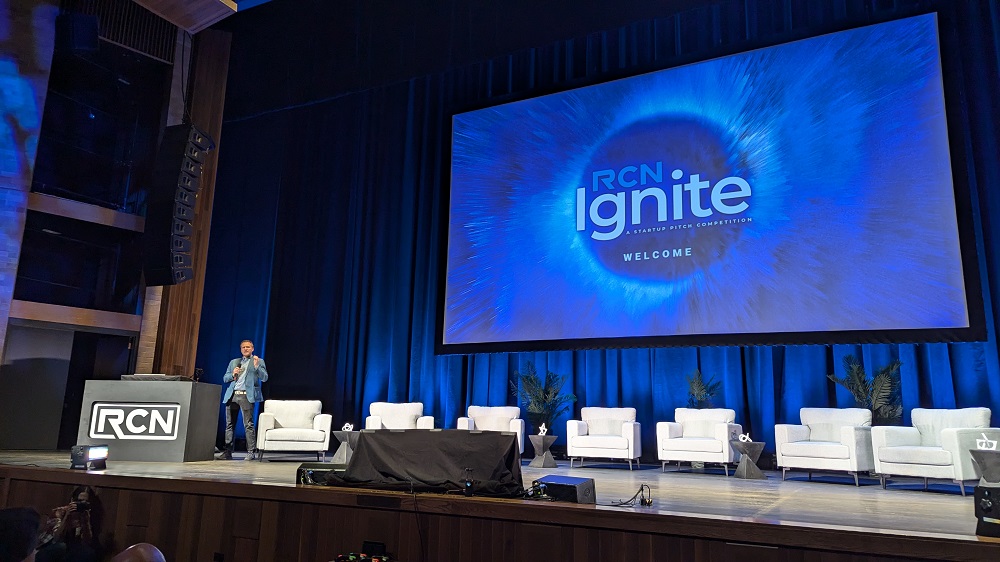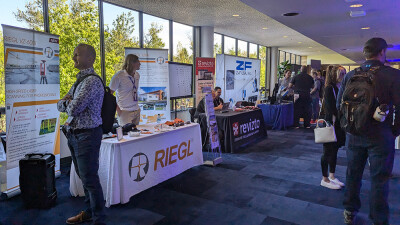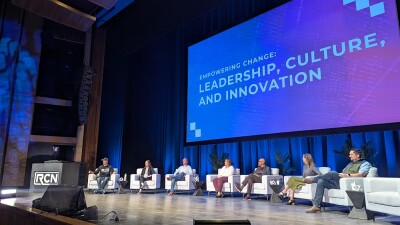Announced earlier this year, RCN Ignite is a startup pitch competition with the first edition taking place at the 2024 edition of Reality Capture Network. Participants compete for $50,000 in prize value, including at least $25,000 in cash and are selected by a panel of expert judges.
Produced in partnership with POWER Engineers, Jason Pfaff is Chief Innovation Officer of POWER Engineers, and he kicked off the session. Plaff talked about how this global consulting engineering firm supports the creation and building of infrastructure of all sizes, but one of their key challenges is around the social permissions associated with reality capture. Efforts to detail and document a space before any plans can be made are often met with public pushback, and this lack of social permission gets in the way of building big. It’s why the organization is supporting initiatives like RCN Ignite.
“All of it is a communication tool,” Pfaff said. “Our goal is to help lay people understand what we’re trying to promote and build so they can understand the benefits that come with pushing the boundaries of what’s possible in reality capture.”
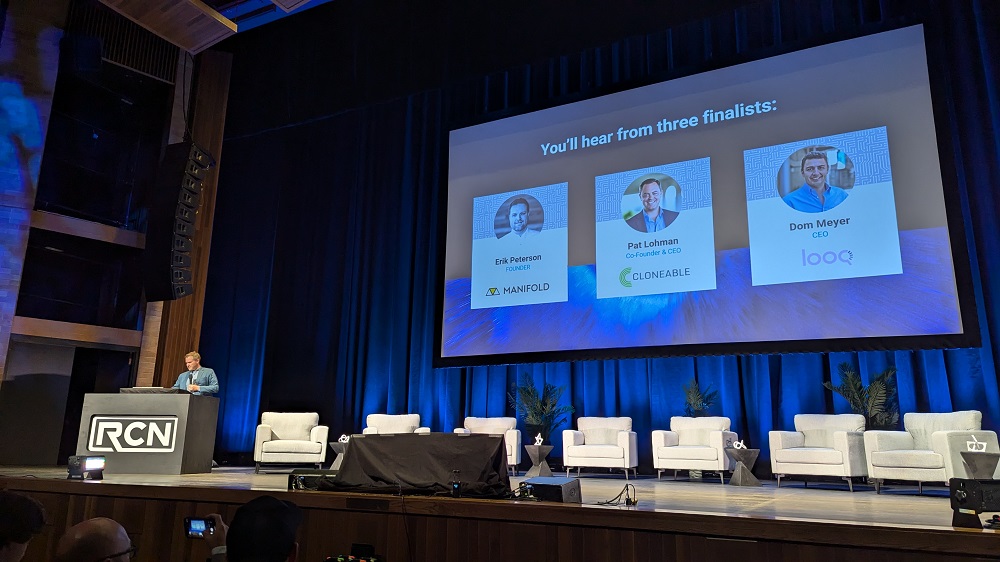
The first presentation was from Erik Peterson, Founder and CEO of Manifold. His solution is designed to be the easiest way to document a work site and organize job-site photos. He detailed how users who previously took dozens of pictures to take measurements can now accomplish everything they need in 30 seconds. The software automatically generates 360 tours, point clouds, height maps, X-Ray views and more, providing a real-time view of everything that's happening in the field.
Their machine-driven AI creates environments that look like video but are all reconstructed from photos, not lidar. Designed to be easy to use, it scales with compute in a way that makes it theoretically limitless.
"It's not visualization, it's 3D reconstruction,” Peterson said. “Every phone is now a 3D capture device, so you can continuously update a digital twin. Everything is always contributing.”
Next up, Patrick Lohman, CEO at Cloneable, told the crowd what drove the creation of the low-code platform that can be utilized to rapidly build and deploy apps for a variety of edge devices. Their solution isn’t just about capturing data, but making it actionable.
“Our team has over a decade of experience in various sectors, but no matter the industry, the challenge always comes down to the volume of data and what to do with all of it,” Lohman told the crowd. “Industrial enterprises struggle with closing the gap between collection and action at scale, and we knew we could support and resolve that.”
Lohman explained how the team built Cloneable to enable machines to mirror the decision-making of humans, allowing expert knowledge to scale in the physical world without extensive coding or systems integration. Their platform is designed make collection smarter by producing answers instead of simply collecting raw data. The Cloneable platform takes all these different formats and sources of information and turns them into something usable to solve scale challenges across field collection.
Finally, Dominique Meyer, CEO and Founder of Looq AI, detailed what makes their end-to-end surveying solution so unique, but did so in the context of the pressure currently on the grid in the United States. With over 400 million utility poles spread across the country, utilities need to figure out which ones to work on, and being able to utilize a handheld scanning solution that provides survey-grade data can be an essential way to do so. As previously reported, the device orientates itself in a way that allows users to simply pick up the device and start scanning, but the AI capabilities built into the software are what could be the true differentiator.
"We believe in computer vision,” Meyer said. “Data at this level is important because we want to be able to guarantee the quality. By capturing survey-grade data, our AI can tell someone whether a pole is going to fail within 6, 12 or 24 months. Our product is designed to change how we capture geospatial data at scale.”
Winners of the award will be announced on the final day of the event.

